The Aleutian Peregrine Falcon breeds on the Aleutian Islands, which extend from the Alaskan Peninsula (yellow arrow) to Russia’s Commander Islands (red arrow). Aleutian peregrines are part of the Peale’s Peregrine Falcon subspecies (Falco peregrinus pealei).

Peale’s peregrines breed along the Pacific Coast from northern Oregon to Washington, British Columbia, and Alaska. Aleutian peregrines may be distinguished from other Peale’s peregrines by darker plumage color, a trait that is especially evident in juveniles (first-year birds).
Some Peale’s Peregrines migrate south for winter, passing through or overwintering on our study area beaches in southwest Washington. This may include Aleutian Peregrines, as some of the peregrines we’ve banded, or just observed without banding, have shown Aleutian plumage characteristics.
Author Brian Wheeler described the adult Peregrine Falcon shown below as “typical plumage on the Aleutian Islands” in his 2003 field guide Raptors of Western North America. In March of 1999 Brian joined me on our study area beaches to take photos of Peale’s falcons for the book he would publish four years later (shown below).



Authors of the book Peregrine Falcons of the World share that adult Aleutian peregrines “have larger round or teardrop-shaped spots on the upper breast compared with southern pealei and adjacent races.“ The four peregrines shown below, all of which we captured and banded as adults, clearly show this plumage characteristic.




The plumage of first year Aleutian peregrines is uniformly dark. It’s nicely shown in this black-and-white photo by Clayton White in his 2006 memoir, Peregrine Quest: From a Naturalists Field Notebook.
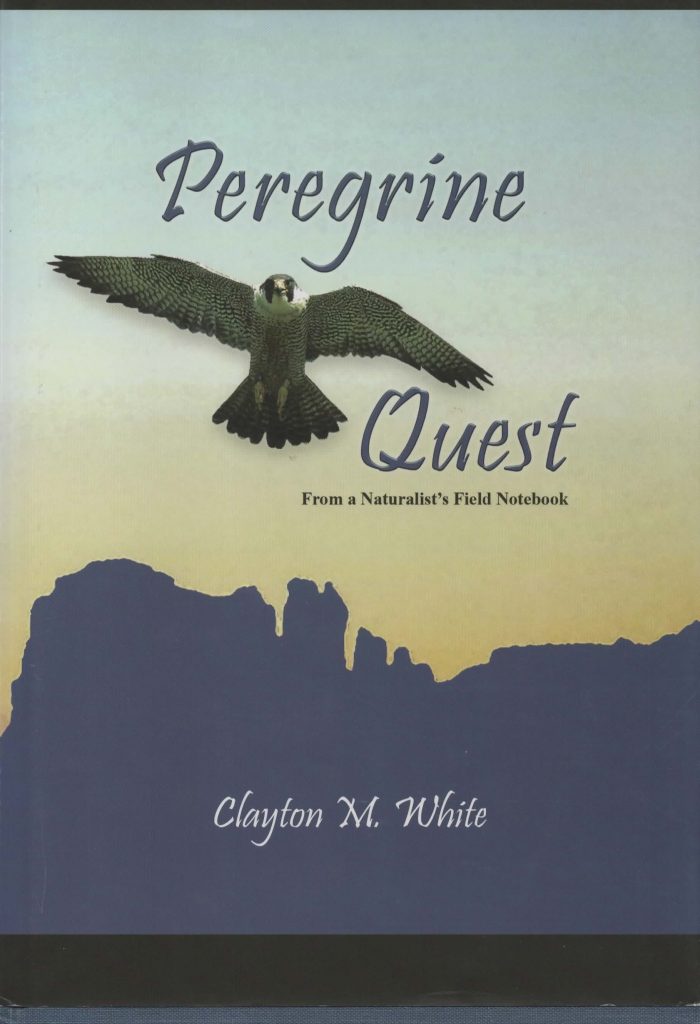
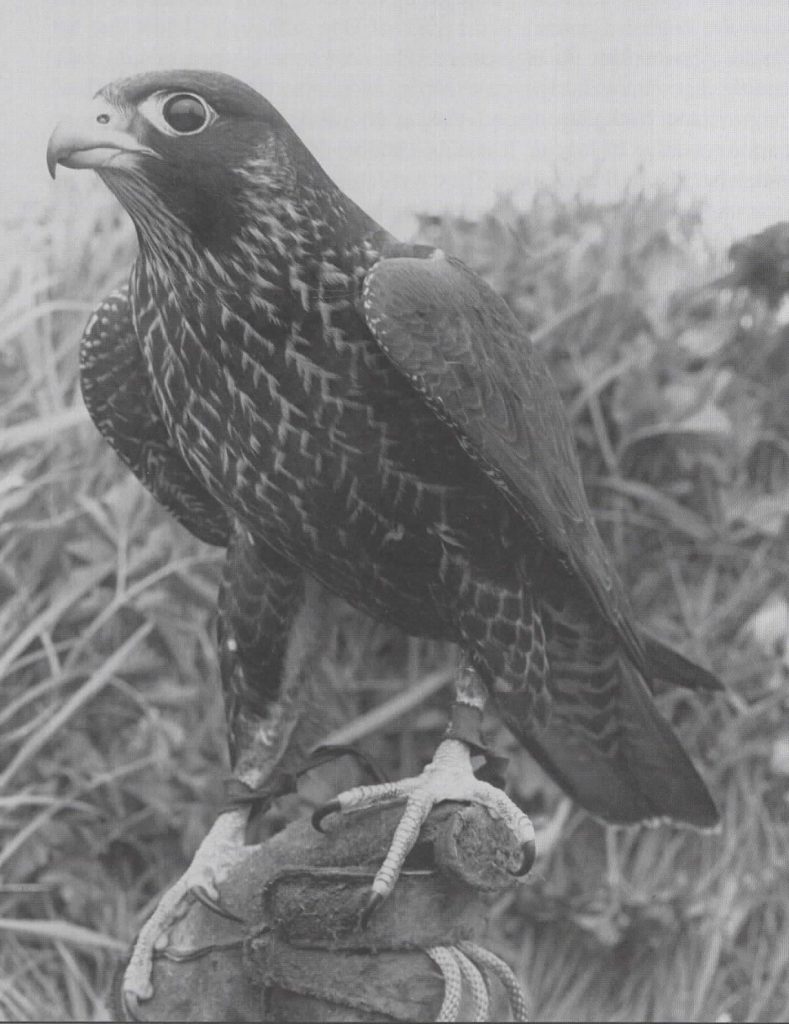
In 2021 and 2022 Travis Booms and Robin Radcliffe banded a few juvenile Peregrine Falcons during research on the Alaska Peninsula (arrow below). Their study site was in Izembek National Wildlife Refuge, which is about 100 miles east of the Aleutians. These falcons show the dark plumage characteristic of Aleutian peregrines.

Two dark-plumaged, Aleutian form Peregrine Falcons banded by Travis Booms and Robin Radcliffe in Izembek NWR.


The 2013 book Peregrine Falcons of the World includes a photo of a juvenle Aleutian type Peregrine Falcon that was on our Ocean Shores study area beach.
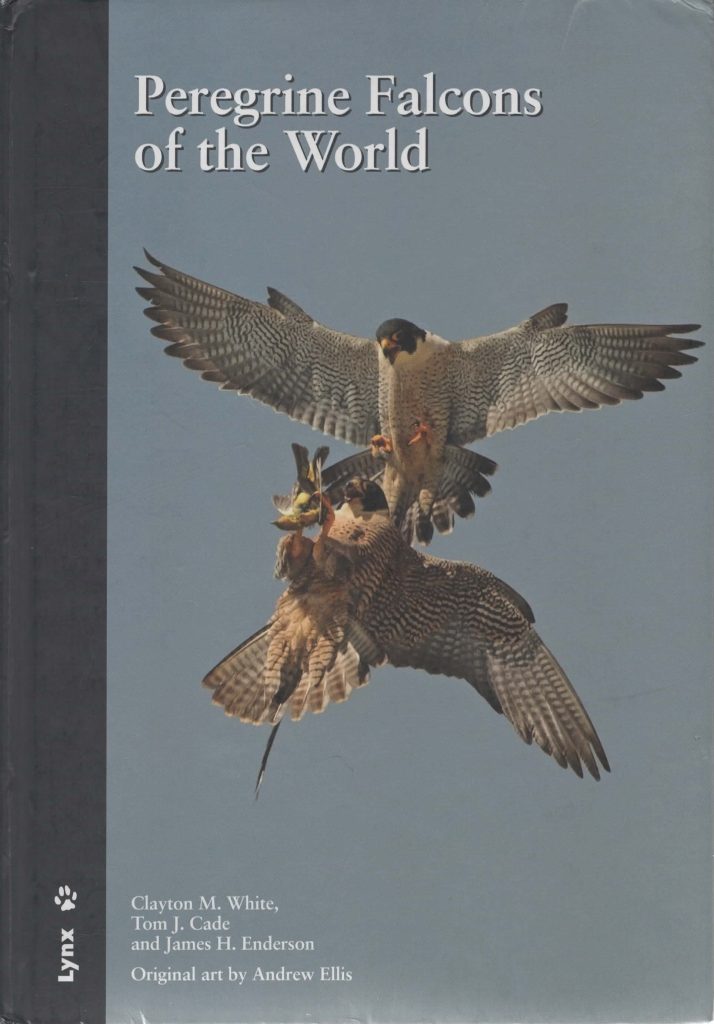
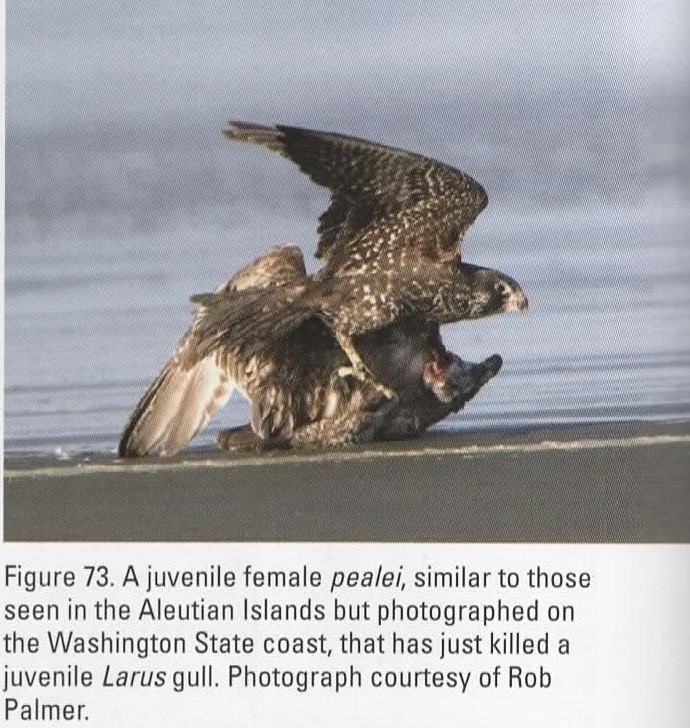
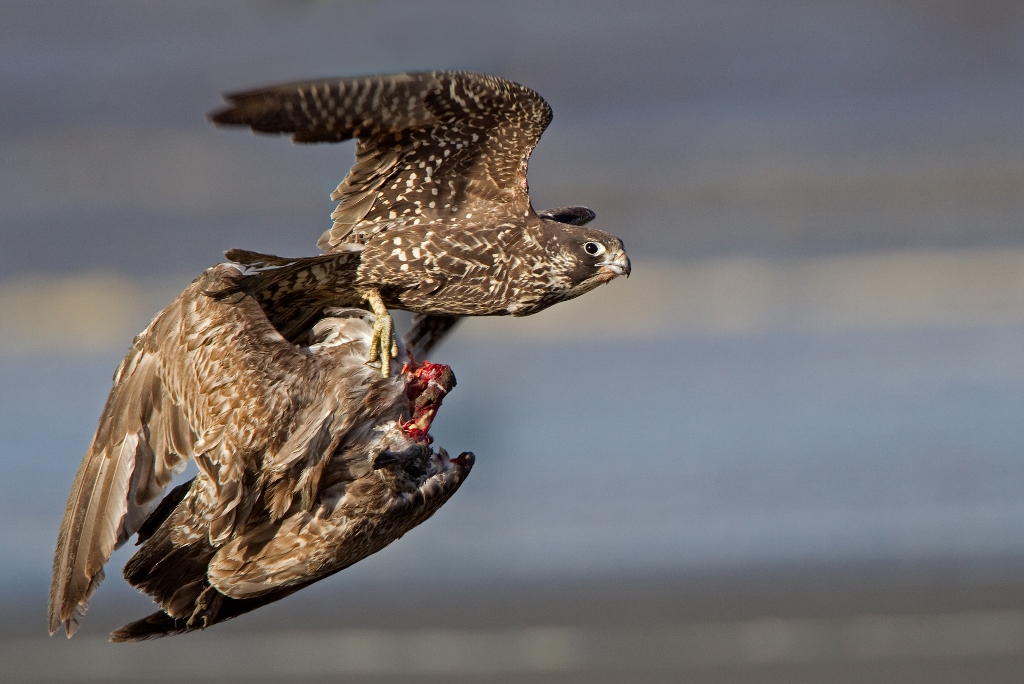
Since the Washington coast survey and banding program was initiated in 1995, we’ve banded 244 Peregrine Falcons (as of February 27, 2024; for more on the surveys and banding, click here). About 45% of the banded falcons have been resighted at least once afterward. The closest resighting to the Aleutian Islands, and the only one in Alaska, was a resighting of Y6 in Seward, AK (yellow arrow below).



Y6 was banded more than 1,500 miles south of Seward, and Seward is 700 miles east of the Aleutian Islands. While we have no direct evidence that Peregrine Falcons with the Aleutian-type plumage that we’ve encountered on our study area beaches over the years originated in the Aleutian Islands, the resighting of Y6 in Seward, Alaska lends credence to this possibility.
